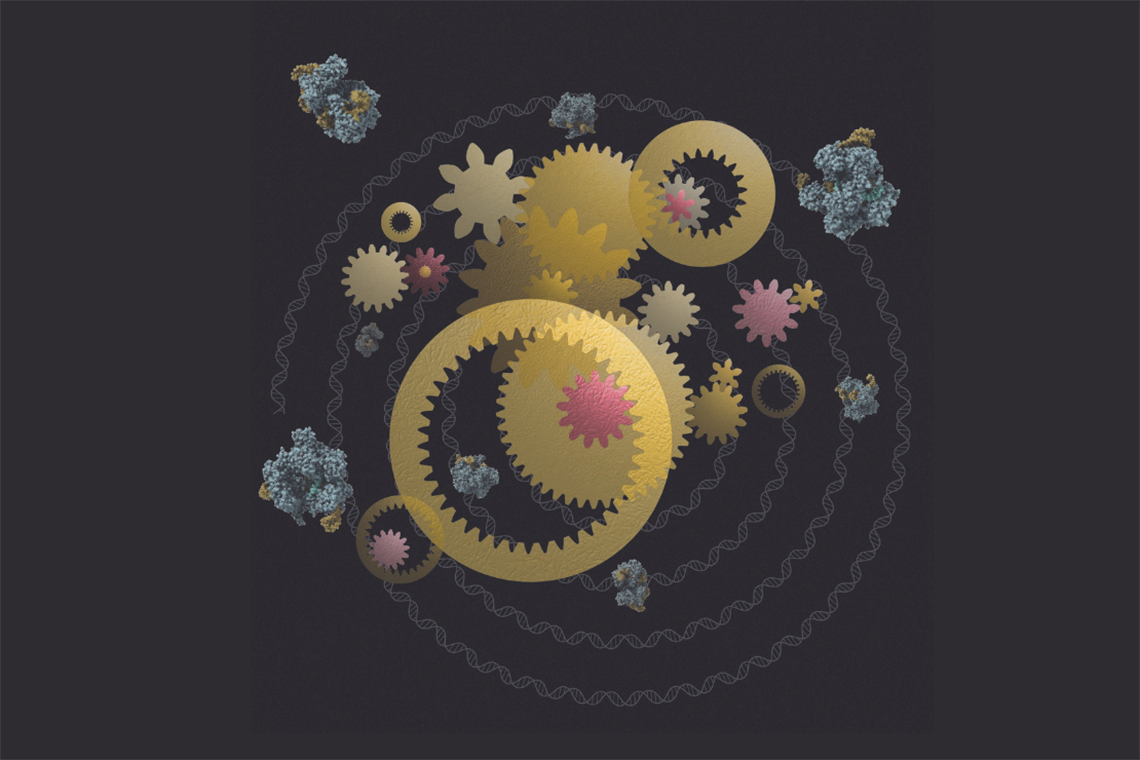
From the longer-beaked Galapagos Island finches studied by biologist Charles Darwin – which enabled them to more effectively snatch insects – to the ability of some humans over others to digest milk, genetic differences that give organisms a competitive edge drive the process of natural selection.
Now, research by Alex N. Nguyen Ba, an assistant professor of biology at the University of Toronto Mississauga, adds an important dimension to our understanding of how genes interact in the evolutionary process.
 Alex N. Nguyen Ba
Alex N. Nguyen Ba
He is the co-principal investigator of a first-of-its-kind study, published this month in the journal Science, that shows different combinations of genetic mutations can have an impact on the evolutionary process – a finding that could benefit areas such as personalized medicine and vaccine design.
“Evolution is a force that drives all of life on this planet,” Nguyen Ba says. “Understanding how much we can predict about adaptation has been of strong interest to many people in the field.”
He compares adaptation to climbing a mountain. There are several possible routes to the peak – each with its own specific terrain to negotiate. So, how can scientists predict the route to the mountain top?
“There are huge implications if we can figure out what’s going to happen in the future for living organisms,” he says.
At U of T Mississauga’s annb lab, Nguyen Ba and his team of researchers explore genetic mutations in cells and their impact on evolution using next-generation technologies. These include high-throughput synthetic biology – designing new biological systems or changing existing ones for research purposes – and a desk-sized robot that can process numerous biological samples.
He began the study five years ago when he was a post-doctoral researcher at Harvard University’s Desai Lab. There, he collaborated with Christopher Bakerlee, who is the study’s co-principal investigator.
Together, Nguyen Ba and Bakerlee used CRISPR gene-editing technology to alter genes in the cells of yeast, which is commonly used in genetic engineering research because it shares some genes with humans.
They worked with 10 missense mutations, which are aberrations in DNA code that change the production of amino acids. Considered the building blocks of life, amino acids are molecules that combine to form proteins, which help with everything from healing wounds to providing energy and making antibodies.
The experimentation process involved testing out all possible combinations of these mutations – 1,024 in total. The scientists wanted to determine how interactions between genes affect the expression of certain genetic traits.
Nguyen Ba completed the final year of the study at U of T Mississauga, where he analyzed and interpreted the data. The study revealed that evolution frequently samples combinations of gene mutations with negative synergy between them. This acts on the yeast’s evolutionary potential in negative ways, for example, by slowing their rate of adaptation.
The findings run counter to the commonly held belief that all biological adaptation unfolds in a predictable way due to some unknown biological law.
Instead, combinations of mutations that have accumulated through time dictate the future evolutionary potential of an organism.
Moreover, he says, it challenges the dominant view in genetic research that we should study one gene mutation at a time. Instead, examining mutations in combination could help us understand diseases and lead to more precise medicine.
“We’re showing that in order for us to have a full understanding of how genes actually behave, the combinations of mutations are likely to be very important.”







